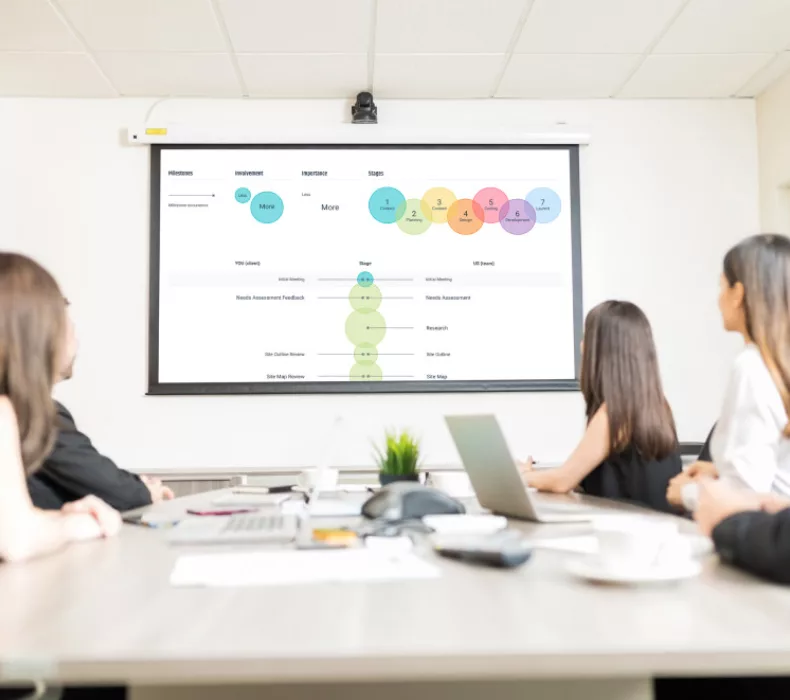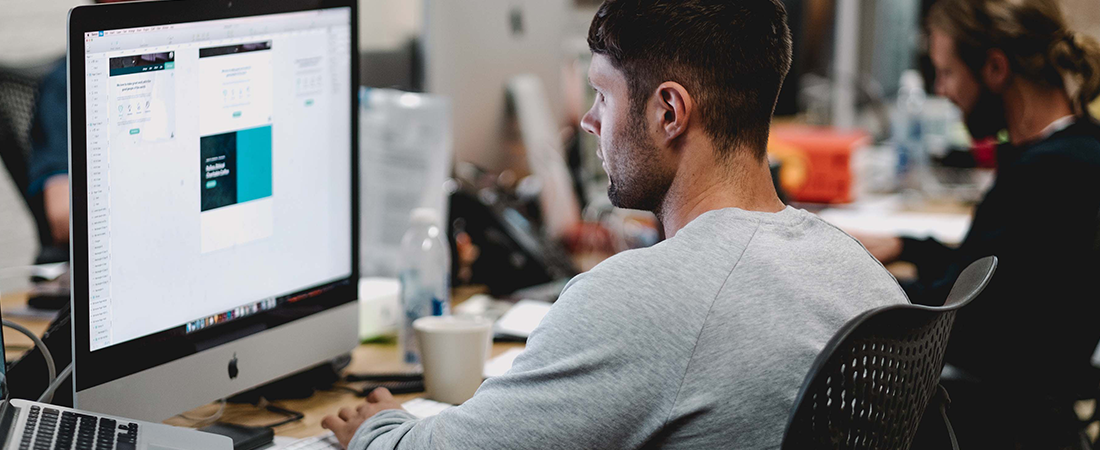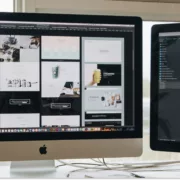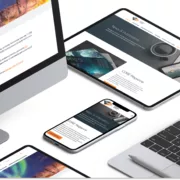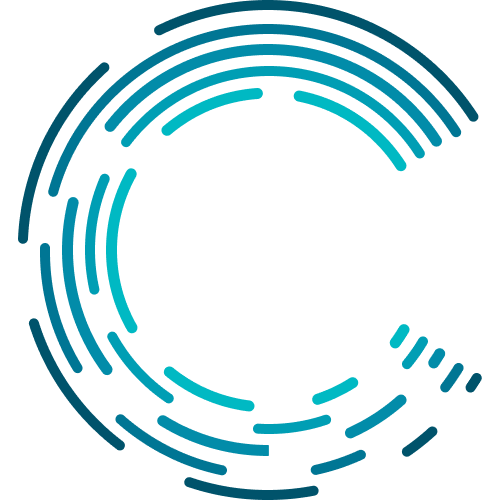Equipping Businesses With High Performing Websites
Equipping Businesses With High Performing Websites
We're passionate about helping businesses achieve their goals and reach their full potential through exceptional web design services. We understand that a high-performing website is an essential component of any modern business, which is why we're dedicated to equipping businesses with websites that are fast, reliable, secure, and tailored to their unique needs. Our web design services are designed to help businesses create a powerful digital presence that delivers results, whether it's generating leads, building brand awareness, or driving sales.
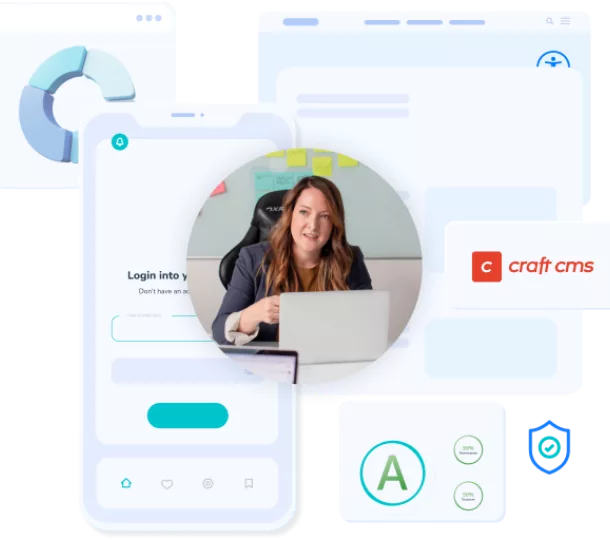
We Are Experts in eCommerce Websites
We Are Experts in eCommerce Websites
We're dedicated to helping businesses achieve success in the competitive world of eCommerce through exceptional web design services. We offer deep expertise in designing and developing eCommerce websites that deliver results, whether it's driving sales, building customer engagement, or expanding your reach. Our eCommerce websites are fast, secure, and optimized for search engines, providing your customers with a seamless shopping experience that reflects your brand and drives conversion.
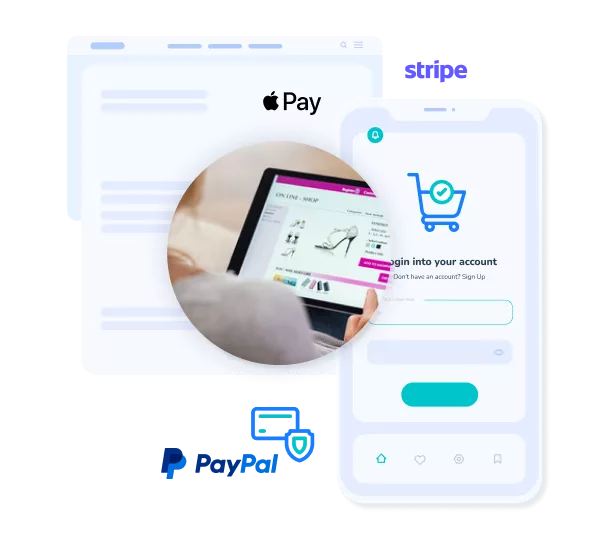
Transforming Healthcare and MedTech through Exceptional Web Design
Transforming Healthcare and MedTech through Exceptional Web Design
We're passionate about helping healthcare and MedTech organizations achieve their goals and make a difference in people's lives. We believe a robust digital presence is essential for organizations dedicated to improving health and transforming medicine. Our websites for the industry are fast, secure, and optimized for search engines, providing your patients, clients, and stakeholders with a seamless experience that reflects your brand and drives engagement.
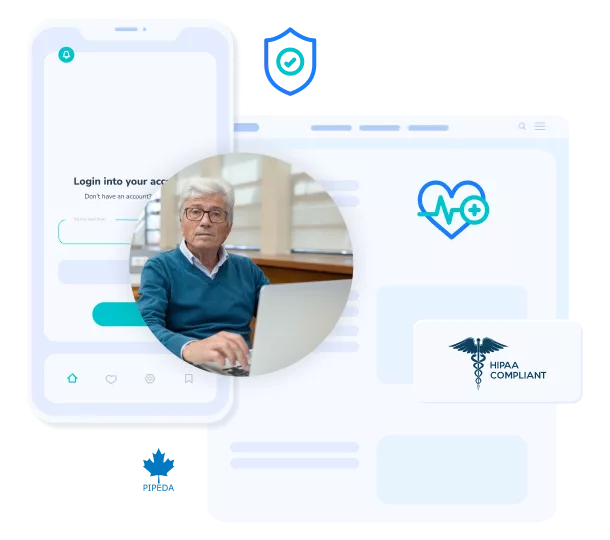
Craft CMS: Exceptional Web Design with a Powerful Content Management System
Craft CMS: Exceptional Web Design with a Powerful Content Management System
We're committed to delivering exceptional web design services that combine great design with powerful content management systems (CMS). That's why we're proud to be a verified partner of Craft CMS, a leading CMS that provides unparalleled flexibility, scalability, and ease of use. Our team has deep expertise in designing and developing websites using Craft CMS, allowing us to deliver fast, reliable, and secure websites that are optimized for search engines and tailored to your unique needs.
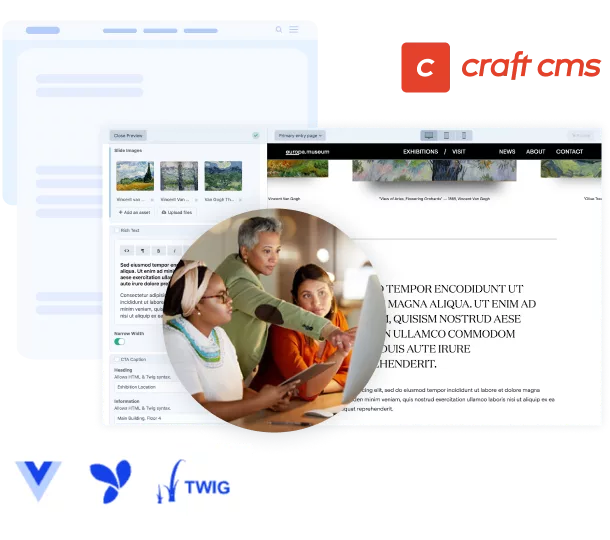




In our design we cover:
We understand the importance of mobile compatibility in today's digital landscape. That's why we prioritize mobile optimization in every website we develop, ensuring that your site is fully responsive and performs flawlessly on every device.
Your brand is an essential component of your business, and we'll ensure that your website is aligned with your brand identity. We'll work with you to understand your brand guidelines, color palette, and messaging, and create a website that accurately reflects your brand and resonates with your target audience.
We believe that digital experiences should be accessible to everyone, and we prioritize accessibility in every website we develop. Our team has expertise in building accessible websites that comply with the latest guidelines and regulations, ensuring that everyone can access and enjoy your site.
Your website's loading speed can have a significant impact on user experience and search engine rankings. That's why we focus on optimizing loading speeds for every website we develop, using the latest techniques and technologies to deliver fast, responsive sites that keep your visitors engaged.
We take website security seriously and prioritize security in every website we develop. Our team follows the latest security protocols and best practices to ensure that your site is secure and protected from threats, giving you and your users peace of mind.
We understand that your website needs to perform consistently across different browsers, and we prioritize cross-browser compatibility in every website we develop. Our team tests every website across multiple browsers and platforms to ensure that your site is fully functional and performs well for every user.
We prioritize search engine optimization (SEO) in every website we develop, ensuring that your site is optimized for search engines and designed to drive organic traffic. We follow the latest SEO best practices, including keyword research, on-page optimization, and content strategy, to ensure that your site is discoverable and ranks well in search results.
We believe in empowering our clients to manage their websites effectively, which is why we prioritize content management in every website we develop. We'll work with you to choose the right content management system (CMS) for your needs and ensure that your site is designed for easy content creation and management.
Case studies
We're proud of the work we've done for our clients. Our portfolio of websites, web applications, and other digital assets showcases the exceptional results
we can achieve when we combine great design, cutting-edge technology, and a passion for excellence.
Our Web Design Process: Collaboration, Creativity, and Outstanding Results
Our web design process prioritizes your needs and goals. We'll collaborate closely with you to understand your brand, audience, and business objectives. With creativity and attention to detail, we'll craft a custom web design plan that exceeds your expectations. From concept to launch, we'll ensure your website is fast, reliable, secure, and optimized for search engines.
